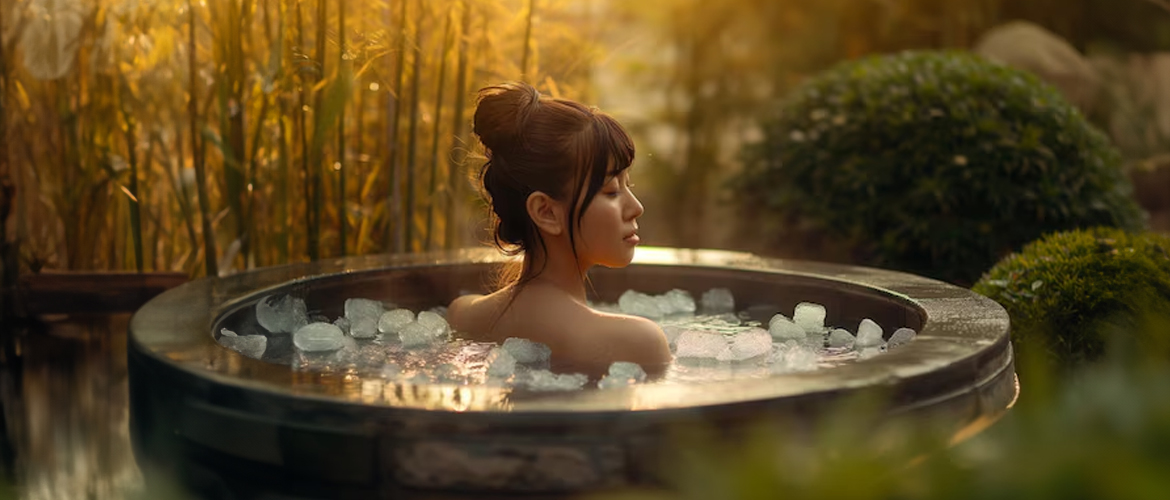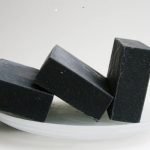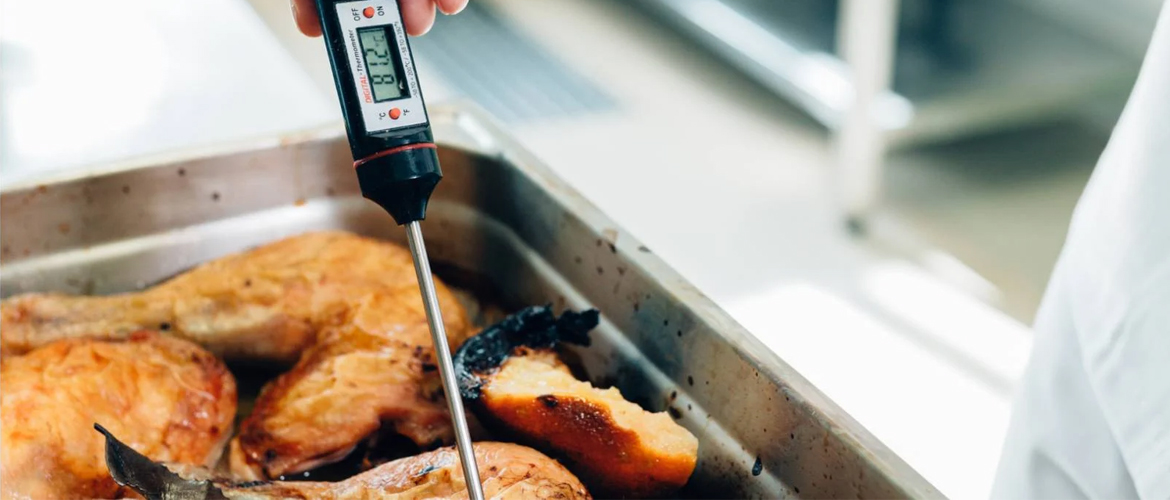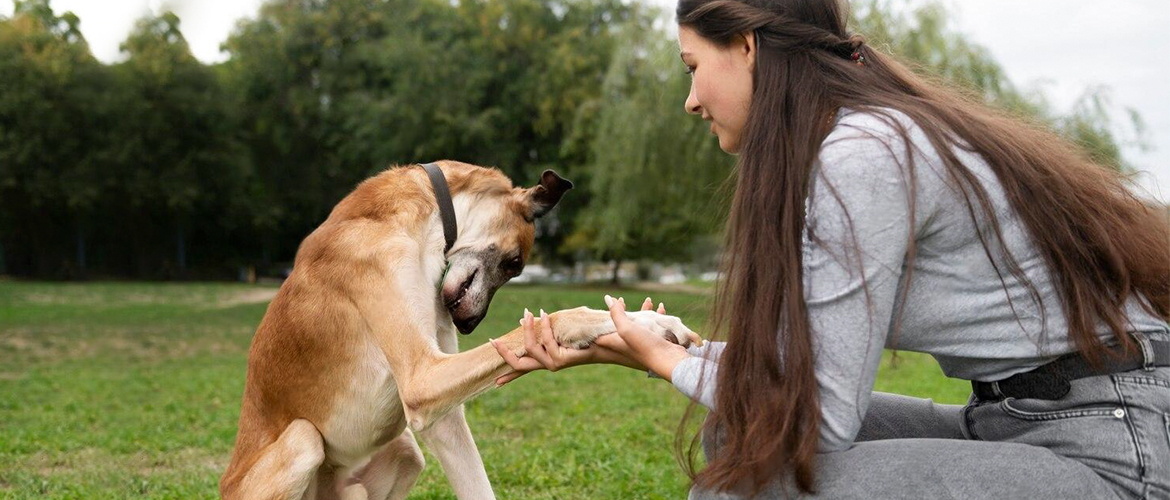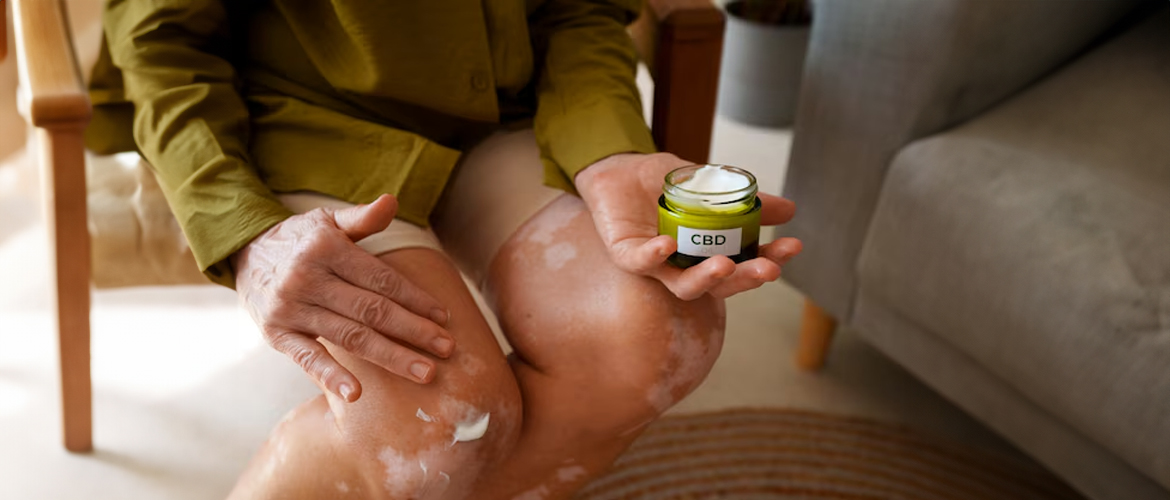When it comes to recovery and wellness practices, cold plunges and ice baths are two popular methods that often get mixed up. While both involve immersing the body in cold water to reap various health benefits, they have distinct characteristics that set them apart. Cold plunges typically offer a milder, more controlled experience with temperatures ranging from 50°F to 60°F, making them a go-to for general muscle recovery and improved circulation.
On the other hand, ice baths involve much colder temperatures, often as low as 32°F, and are commonly used by athletes seeking intense relief from muscle soreness and inflammation after rigorous training sessions. Understanding these differences can help you choose the right method for your needs, whether you’re looking for a regular recovery routine or a more intense solution to combat post-exercise discomfort. While we have already written a detailed blog on benefits and risks of ice baths, In this guide, we’ll explore the unique features, benefits, and risks associated with cold plunges, so you can make an informed decision about which approach is best for you.
How to Have A Cold Plunge?

Cold plunges can be done in various locations, including indoor and outdoor settings, tanks, barrels, local spas, and natural water bodies. Immersing yourself in cold water triggers your hormones and activates your brain almost instantly. Studies suggest that a temperature range of 50°F to 59°F is ideal for reducing muscle soreness. However, the exact optimal temperature may vary based on individual preference.
For beginners, it's advisable to gradually acclimate to colder conditions to build tolerance. Start with shorter durations of 10 to 15 minutes, which will help you become accustomed to the cold. As your tolerance improves, you can extend the duration of your cold plunges. When it comes to cold baths, frequency is often considered more important than duration.
Comparison of Cold Plunges and Ice Baths
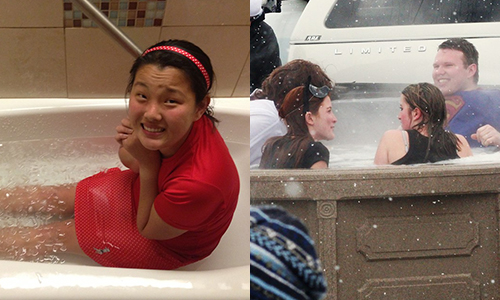
| Aspect | Cold Plunge | Ice Bath |
| Temperature | 50°F to 60°F (10°C to 15°C) | 32°F to 50°F (0°C to 10°C) |
| Duration | 1 to 5 minutes | 5 to 15 minutes |
| Purpose | General recovery, reducing muscle soreness, improving circulation | Intense recovery, reducing inflammation, numbing sore muscles |
| Setup | Cold plunge pools or tubs with temperature controls or chillers | The tub filled with cold water and ice; requires preparation to maintain cold |
| Experience | Milder and generally more comfortable | Intense and potentially uncomfortable |
Step-by-Step Guide on How to Have a Cold Plunge
Here’s a simple guide to get you started, with a few tips to make the experience as refreshing and manageable as possible.
1. Prepare Your Space
If you don’t have a fancy cold plunge pool, don’t worry! A regular bathtub or a large container can work just fine. Fill it with cold water and, if you’re feeling adventurous, toss in some ice to get that chilly temperature between 50°F and 60°F (10°C to 15°C). If you’re using a pool, you might have temperature controls to make this easier.
2. Get Ready for a Cold Dip
Slip into your swimsuit or swimwear. It might seem a bit silly, but trust me, it helps. And don’t forget a towel or some warm clothes for afterward. If you have any health concerns, it’s a good idea to chat with your doctor before jumping in. Better safe than sorry! You may even consider sound baths if a cold plunge isn’t ideal for you!
3. Taking the Plunge
Start by dipping your toes in. It’s like dipping your toes into a new pool—just a little at a time. Gradually immerse yourself to let your body adjust to the cold. Take slow, steady, and mindful breaths. This will help your body handle the initial shock of the cold water. It might feel intense at first, but you’ve got this!
4. Decide How Long to Stay
Aim for 1 to 5 minutes in the cold plunge. If you’re new to this, start with just a minute or two and see how you feel. You can always increase the time as you get more comfortable.
5. Post-Plunge Care
When it’s time to get out, do it slowly to avoid feeling dizzy. Grab your towel or warm clothes and wrap yourself up. Maybe make a cup of green tea or hot chocolate to help warm you up from the inside out. Drink plenty of water. Cold plunges can sometimes leave you feeling a bit dehydrated. Give yourself some time to relax and let your body adjust after the plunge. Avoid jumping straight into your daily intense activities.
How Often Should You Take Plunge Bath?
You can do cold plunges a few times a week, depending on how your body feels. It’s all about finding what works best for you.
Benefits of Cold Plunge
1. Relief for Sore Muscles

Cold baths work wonders for fitness enthusiasts by narrowing the blood vessels, calming blood flow, and relieving swelling in muscles that have been stressed by intense movements or heavy workouts. A cold plunge is effective for relaxing muscles but is not a remedy for internal injuries, so it's important to understand the difference.
2. Reduce Body Temperature

During exercise, heat is produced in the muscles, raising your body temperature. Taking a cold plunge after a sweaty workout will quickly lower your body temperature. However, be mindful that staying in cold water for too long can lead to side effects by excessively reducing your temperature.
3. Helps You Stay Active

The cold plunge may stimulate your brain and keep it more alert. Some people claim that cold plunges are effective in maintaining their mental health. By boosting circulation and reducing stress, they can help improve overall mood and cognitive function. Regular use may enhance mental clarity and focus throughout the day.
4. May Provide a Better Sleep

People believe that taking a cold shower or a cold plunge can promote better sleep. When your body temperature drops, it may trigger the release of sleep-inducing chemicals, helping you fall asleep more easily. Additionally, the relaxing effect of a cold plunge can reduce stress and anxiety, further contributing to a more restful night. Incorporating this practice into your routine might help improve sleep quality and overall restfulness.
5. Impact Your Insulin
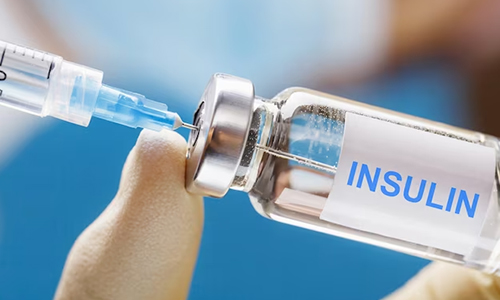
Studies say that cold water exposure positively impacts your insulin level. The cold atmosphere is believed to improve insulin and the levels of HbA1c. Hence swimming in cold water and consuming cinnamon tea could be a new possibility for managing your insulin levels.
6. Metabolism
The more energetic you stay, the easier it is to lose weight. Cold plunging may help enhance metabolism, burn fat cells, and reduce calories. It can also lower the risk of metabolic diseases. By boosting metabolic rate, cold plunges support overall weight management and energy levels. Incorporating this practice into your routine might help you achieve your fitness goals more effectively.
7. Immune System

Cold plunging or cold showers may improve the immune system in adults. By doing so, it will activate your metabolism, hormone production, and blood flow which results in an improved immune system.
8. Inflammation
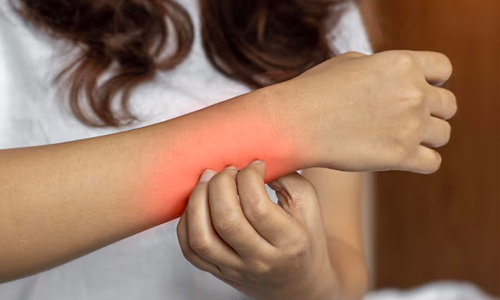
In some cases, swelling occurs as a result of inflammation which may create some fluid. People with inflammation claimed that cold plunge helped reduce swelling. When inflammation increases it may lead to chronic diseases, this method may potentially work for such cases.
How Long Can We Take the Cold Plunge?
For beginners, start with a cold plunge lasting 30 to 40 seconds. As you become more accustomed, you can gradually extend the time based on your goals and tolerance, increasing by around 4 to 5 minutes. An ideal cold plunge session typically lasts about 10 minutes. Staying in longer may pose risks, though you can extend the duration slightly if the water is warmer. Ultimately, the duration should be adjusted based on your physical condition.
Keep in mind that if your body starts to shiver, it's a clear signal to stop. Reactions to cold plunges can vary from person to person, so always listen to your body and adjust accordingly.
Risks of Cold plunge

The following factors are the side effects you may experience after cold plunging
- Cold Shock
- Physical Incapacitation
- Hypothermia
- Muscle cramps
- Drowning
- Cardiovascular stress
Who Should Avoid Cold Plunging?
- Individuals diagnosed with cardiovascular disease
- Those with Reynaud’s syndrome
- Pregnant women
- People with high blood pressure or other disorders
- Anyone with low body temperature
- Individuals with pacemakers
FAQs About Cold Plunges
1. How long should a cold plunge session be for beginners?
Start with just 30 seconds to 1 minute in cool water (around 50-59°F / 10-15°C). Gradually build up time as your body adapts.
2. How often can I do cold plunges safely?
For most people, 2-3 times a week is great. Daily is possible once you’re used to it—but always listen to your body.
3. What benefits can I expect from cold plunging?
You might feel less muscle soreness, reduced inflammation, improved mood, a mental energy boost, and possibly better immune response.
4. Are there risks I should know about?
Yes. Risks include hypothermia, sudden spikes in heart rate or blood pressure, breathing shock, numbness, especially if you stay too long in very cold water or have certain health conditions.
5. Should someone with heart problems try cold plunges?
They should talk to a doctor first. Cold water puts stress on the cardiovascular system—so if you have heart disease, high blood pressure, or similar issues, medical guidance is important.
6. Does cold plunging help with sleep?
Some people report better sleep. Cold plunges can improve relaxation and reduce fatigue, which may lead to more restful sleep.
7. Can cold plunging burn fat or help with weight loss?
It may slightly increase metabolic rate (the body burns more calories to warm back up), but it’s not a magic solution and works best combined with good diet & exercise.
8. What’s the ideal water temperature for a cold plunge?
Generally, water between 50-59°F (10-15°C) is considered a good starting range. Colder water needs much shorter exposure.
In conclusion, while both ice baths and cold plunges offer unique benefits—ice baths primarily focus on reducing inflammation and muscle soreness through extremely cold temperatures, and cold plunges enhance circulation and recovery with a less intense approach—it's crucial to consult with a physician before starting either method, especially if you have any health issues. Following professional guidance ensures that you safely reap the benefits of these practices.

